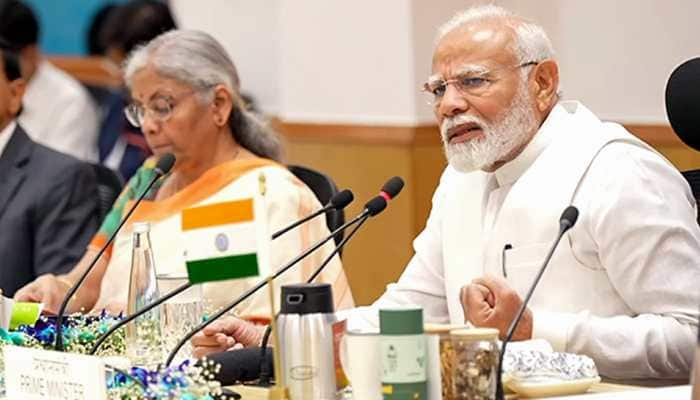NASA eyes solar eclipse to understand Earth's energy system
If successful, the scientists would further develop new calculations that could improve the estimates of the amount of solar energy that reach the ground.
Trending Photos
)
New York: In a bid to learn more about Earth's energy system, scientists at NASA are planning to explore the moon's eclipse of the sun, the space agency said in a statement.
This will help them understand how energy is propagated on Earth.
The team of NASA scientists led by Guoyong Wen of Morgan State University in Baltimore, will be stationed in Casper, Wyoming, and Columbia, Missouri to gather information on the amount of energy that would be transmitted to and from Earth before, during and right after the eclipse.
The Earth's energy system is in a constant dance to maintain a balance between incoming radiation from the sun and outgoing radiation from Earth to space, which scientists call the Earth's energy budget.
The role of clouds, both thick and thin, is important in their effect on energy balance.
Like a giant cloud, the moon during the total solar eclipse in August will cast a large shadow across a swath of the US.
The scientists will use ground and space instruments to learn how this large shadow affects the amount of sunlight reaching Earth's surface, especially around the edges of the shadow.
"This is the first time we're able to use measurements from the ground and from space to simulate the moon's shadow going across the face of Earth in the US and calculating energy reaching the Earth," Wen said.
If successful, the scientists would further develop new calculations that could improve the estimates of the amount of solar energy that reach the ground.
It would also further their understanding of clouds -- one of the key players in regulating Earth's energy system.
Wen anticipates that the experiment will help improve the current model calculations and the knowledge of clouds -- especially the thicker, low altitude clouds that covers about 30 per cent of the planet at any given time.
Stay informed on all the latest news, real-time breaking news updates, and follow all the important headlines in india news and world News on Zee News.
Advertisement
Live Tv
Advertisement







)
)
)
)
)
)
)
)
)
)
